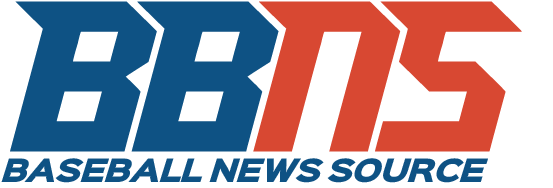Prominent names like Zack Greinke, Hunter Pence, Shane Victorino and Ryan Dempster have new homes, but many key players who were featured in rumors leading up to Tuesday’s non-waiver trade deadline remained with their current team.
That doesn’t mean they will stay where they are for the rest of the season.
Now that August is here, the second trade deadline will not arrive until the end of the month.
August Trades – Players Must Pass through Waivers
 Cubs right-hander Matt Garza is a possible target of teams in need of starting pitching. Likely, the Cubs will place him on waivers. In order of worst record first, starting with National League ballclubs (since Garza is on an NL team) and then continuing with the American League, teams have a chance to claim Garza.
Cubs right-hander Matt Garza is a possible target of teams in need of starting pitching. Likely, the Cubs will place him on waivers. In order of worst record first, starting with National League ballclubs (since Garza is on an NL team) and then continuing with the American League, teams have a chance to claim Garza.
The team that claims Garza will have a chance to take on his remaining salary if the Cubs choose to dump him altogether, or the Cubs can work out a trade with that club. Another option at Chicago’s disposal is pulling Garza off waivers, though they will then be unable to deal him for the rest of the season.
If Garza passes through waivers – which is uncertain because he will be under a team’s control through next season, an attractive factor for several clubs – the Cubs would then be free to trade him to any destination.
In many cases, major league teams expose several top players to waivers and then pull them back just to gauge interest for potential off-season trades. Sometimes, clubs claim players placed on waivers in August so they cannot bolster a fellow contender’s roster, feeling confident that the player’s current team will pull him back and essentially blocking a rival from acquiring that player.
Of course, when a team does this, they must be prepared to take on the salary of that player if his current team decides to let the claiming club have him, and thus his contract.
For example, if Garza is placed on waivers and remains unclaimed up to Boston’s turn, the Red Sox would likely grab him not only because they could use a starting pitcher, but also because they wouldn’t want him going to the Rangers, Yankees, Tigers and Orioles.
The Red Sox are fighting for a wild card spot with the Rangers, Tigers and Orioles, and if Boston is unable to catch the Yankees in the American League East chase, they would rather not see Garza strengthening their heated rival’s rotation in the post-season.
Players Under Team Control
Often, decisions for August trades are based on a player’s contract status. Players who are under team control for at least next season – like Garza, James Shields, Josh Johnson, Justin Masterson, Justin Upton, Chase Headley and Shin-Soo Choo – would likely not clear waivers. They are more apt to be dealt in the off-season.
 Expensive players with at least two years remaining on their deals – such as Alfonso Soriano, Josh Beckett and Cliff Lee – could clear waivers, unless a club did not want a particular name going to their rival.
Expensive players with at least two years remaining on their deals – such as Alfonso Soriano, Josh Beckett and Cliff Lee – could clear waivers, unless a club did not want a particular name going to their rival.
For example, though Lee is owed $25 million a year through 2015, would the Red Sox, Tigers and Orioles let the left-hander drop to the Rangers or Yankees?
That is a tough decision that front offices must make. Is taking on an exorbitant contract just so fellow contenders cannot add an arm or a bat sensible or even financially possible for the team?
As for Lee, if he is placed on waivers likely no club would claim him until he slipped to the Rangers, which would then work out a deal with the Phillies, or the Phillies would pull him back unless they did the unexpected and just let Texas take on the contract.
Sometimes, deals that were unable to be completed in time for the July 31 non-waiver deadline are implemented in August. Carlos Lee, who was acquired by Miami this summer, was reportedly set to be traded to the Yankees by Tuesday’s deadline, but the veteran refused to waive his no-trade clause. If he has a change of heart, perhaps Lee will be headed for the Yankees or another team – if he would clear waivers.
